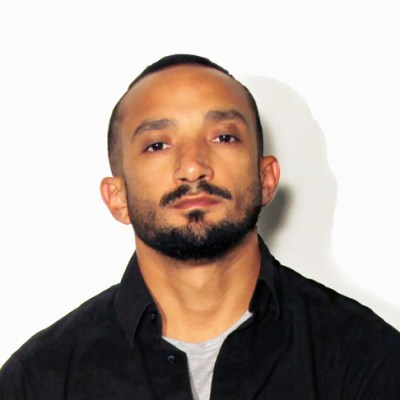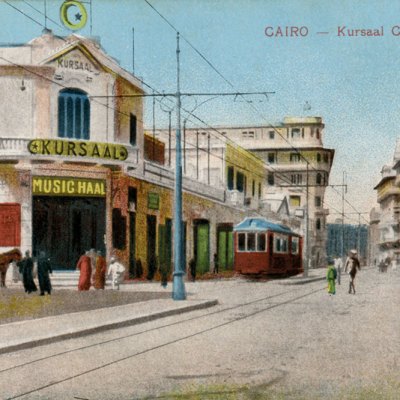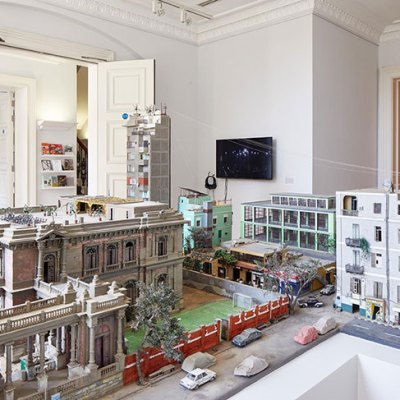Modern Arab art is having a moment; there is no question about it. In the past decade there have been large exhibitions of Arab artists at both the Centre Pompidou and Tate Modern, and a series of others across the world. Now, ‘Taking Shape: Abstraction from the Arab World, 1950s–1980s’, which starts at the Grey Art Gallery in New York and will spend more than a year touring East Coast and Midwestern universities in America, brings together some of the region’s finest modern artists. It is a real hit parade of work – some of it truly wonderful – from almost every country in the Arab world; Morocco, Egypt, Sudan, Kuwait, Lebanon, and Palestine are particularly well represented.
There is one central question: what is the genealogy of abstraction in the modern art of the Arab world? Should we trace it back to European artists such as Kandinsky and Malevich? Or should we look for influence in local traditions such as calligraphy, Islamic architecture and Sufi rituals that seek to transcend the physical world? The tension between these two possible answers animates the show.
The first floor is arranged round a central axis of abstract paintings that take their inspiration from Arabic-Islamic traditions. From Kamal Boullata’s witty Pop-art takes on Kufic panels to Rachid Koraïchi’s mixing of Chinese and Arabic letterforms, the exhibition charts the development of hurufiyya (‘letterism’), a broad term for the artistic experiments with Arabic letterforms that took place in this period.
The Last Sound (1964), Ibrahim El-Salahi. Barjeel Art Foundation, Sharjah Courtesy Grey Art Gallery, New York University
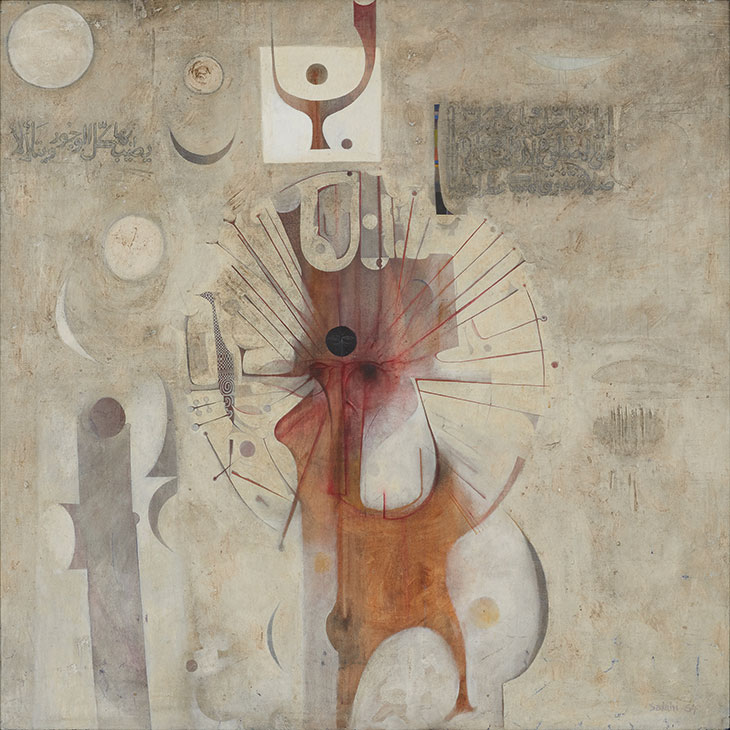
The large square canvas of Ibrahim El-Salahi’s The Last Sound (1964) embodies many themes brought out in this room. This legendary Sudanese artist clusters a series of shapes evoking Arabic letterforms as well as the sun and crescent moon around a shining central point that also evokes an African mask. It displays Arabic, Islamic and African influences. Written across it are also the words of a Sudanese Sufi poem in praise of the Prophet: ‘all of existence shimmers and is healed with prayer’, it ends. With this, the panel becomes more than just painting; it is both a work of devotion and a representation of all existence.
Past this central axis are two smaller rooms which tell a different story of Arabic abstraction, one with more familiar touchstones for a Western visitor. On one side Abdallah Benanteur’s vibrantly coloured, impressionistic canvas To Monet, Giverny (1983) is hung among other paintings that fit more easily into the European tradition. On the other side are Saloua Raouda Choucair’s cubist Composition in Yellow (1962–65) and Jafar Islah’s Colors with Black and Gray (1968), a painting explicitly inspired by Paul Klee.
Then, after a brief trip through the Casablanca School, the visitor heads downstairs to a less obviously thematic collection of work that includes a small but stunning painting by Etel Adnan, perhaps the greatest living Lebanese painter, and the tongue-in-cheek Bribes de Corps (1971) by Huguette Caland, which looks for all the world like a big pink bum.
Autumn in Yosemite Valley (1963–64), Etel Adnan. Barjeel Art Foundation, Sharjah. Courtesy Grey Art Gallery, New York University
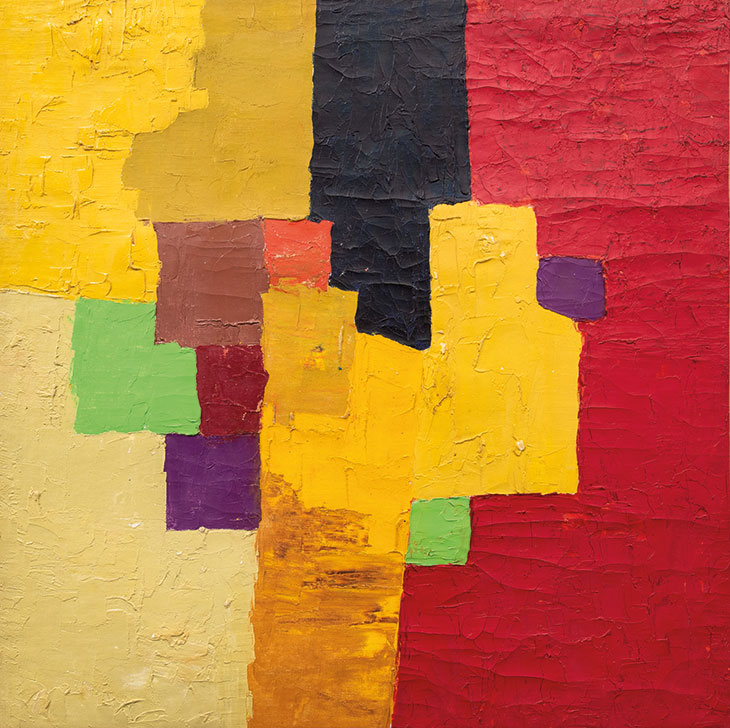
It is pleasing, though this may be partly due to the lack of explanatory text throughout the exhibition, that the thorny questions of influence, inspiration, and tradition, which could risk dominating the show, are allowed to sit in the background. No artistic genealogies are ever simple or linear; the key to understanding modern Arab abstraction is surely not to say that it has either a European or an Arabic origin story but to let both exist alongside each other, in dialogue but not in direct competition.
However, the exhibition also begs questions about what other influences can be traced in this artistic movement as it is presented the Grey Art Gallery. The most obvious question might be: what role did Cold War politics play in all of this? After all, the exhibition essentially covers the whole period of Soviet-American hostilities.
It is now well attested that the American political establishment gave considerable support to abstract art, particularly the New York School. In it, they saw an opportunity to exalt the creative potential of Western ‘freedom’ above the rigid prescriptions of Soviet socialist realism. To further these aims, the CIA-established and -financed Congress for Cultural Freedom went as far as to secretly sponsor a magazine in Beirut, al-Hiwar, which published extensive features on the work of seven of the artists in the exhibition, in some cases more than once.
Of course, this does not mean that modern art is a CIA plot or that these artists were agents of American interests. The reality was much more complex. A rival Soviet-sponsored magazine in Cairo, Lotus: Afro-Asian Writings, also published work by many of these artists. Some, such as Ibrahim El-Salahi, had their paintings featured in both magazines.
Sans toi, ni moi ou l’hallucination nostalgique (Without You, or Me, or the Nostalgic Hallucination) (1986), Rachid Koraïchi. Barjeel Art Foundation, Sharjah Courtesy Grey Art Gallery, New York University
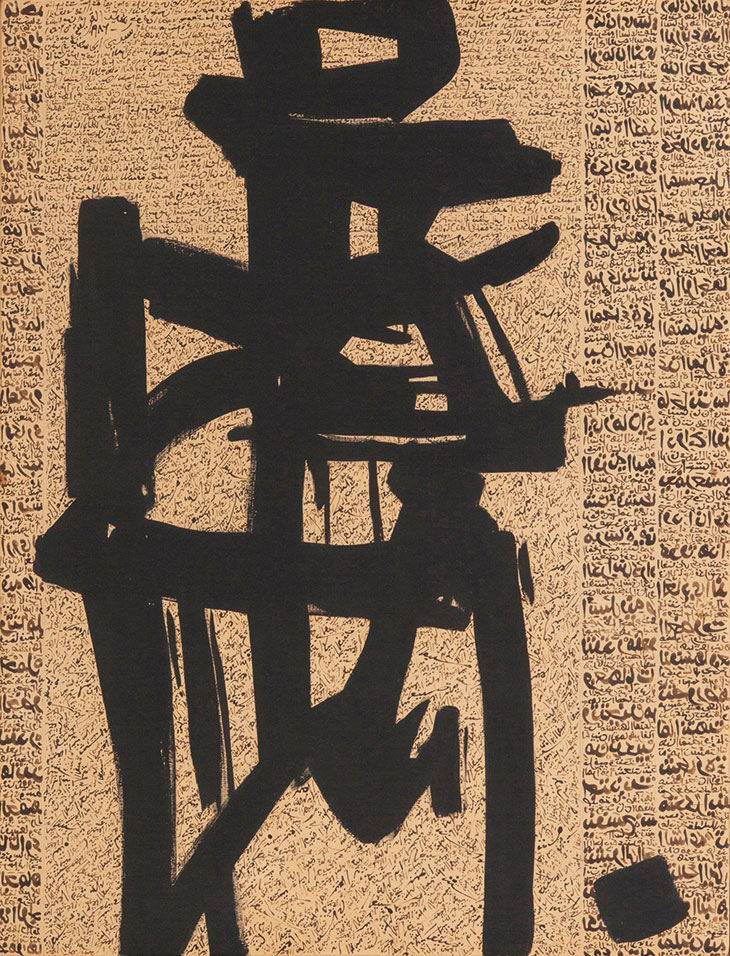
However, for an exhibition that tells the visitor on arrival that it is concerned with political ideas such as ‘decolonization’, ‘Arab nationalisms’, ‘socialism’, and ‘rising opposition to Western political and military involvement’ the Cold War seems like a strange omission. (I found only one reference to the topic – in Anneka Lenssen’s essay in the catalogue.) This feels part of a general tendency in the show, which seems less interested in the complex specifics of the 20th-century Arab world and more interested in broader questions of tradition, inspiration, and identity. Politically as well as aesthetically this show remains abstract.
All the works here have come from the Barjeel Art Foundation, an institution created to house the personal collection of Sultan Sooud Al Qassemi, a member of Sharjah’s ruling family who has done more than almost anyone recently to promote modern Arab art. It is emblematic of the shift that the art market and a lot of Arabic cultural life have made towards the Gulf in recent years – a development that has often elicited mixed reactions. On the one hand, there is a worry that Arab cultural heritage may become concentrated in one small area and that art could become subservient to the politics of Qatar and the UAE. On the other hand, it is hard not to see snobbery in accusations of ‘new money’ and, sometimes, a certain racism in the charge that people in the Gulf are trying to buy culture they do not have. After all, weren’t most art galleries in the world created by the wealthy men of previous generations? This is not a debate that is likely to end any time soon but, for now at least, this exhibition gives people the chance to see some of the gems in the most important collection of modern art in the region.
‘Taking Shape: Abstraction from the Arab World, 1950s–1980s’ is at the Grey Art Gallery, New York University, until 4 April.
From the March 2020 issue of Apollo. Preview and subscribe here.

